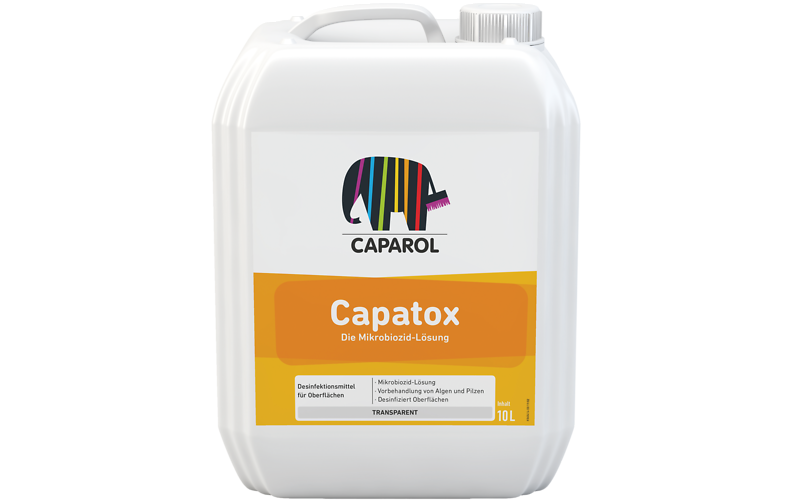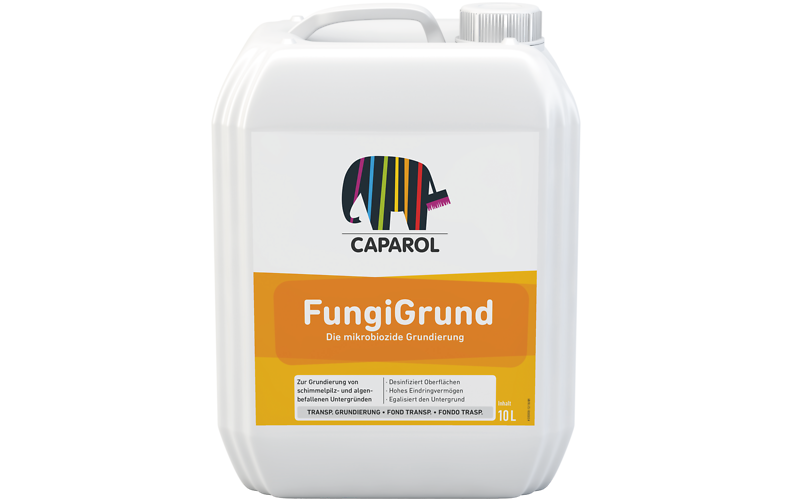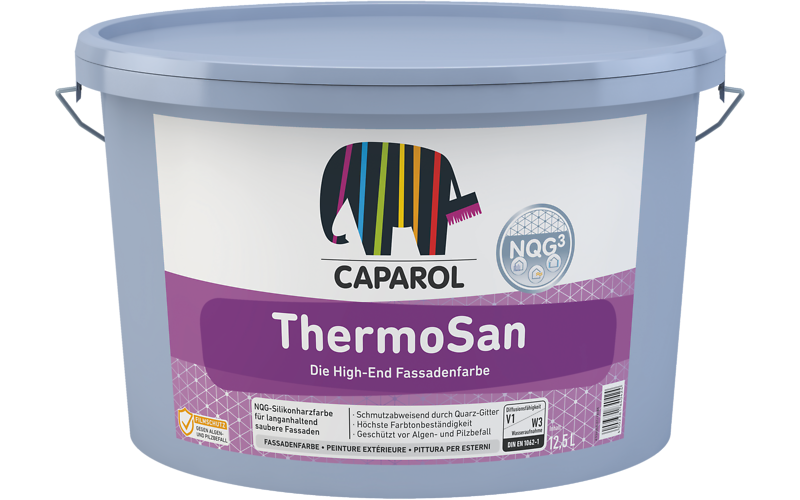- www.caparol.ge
- References
- Hotel/Gastronomy
- Castle facade with high-tech coating
Long-term clean: 4000 square meters of wall space at the Kempinski Hotel in Eltville Erbach renovated
Anyone who has always wanted to live like a princess or a prince can do so at Reinhartshausen Kempinski Castle in Eltville-Erbach with an attached winery, just like Princess Marianne once did. The historic town near Mainz and Frankfurt has a very long history: the site of today's castle was once the headquarters of the Knights of Erbach, who ruled in the Rheingau from 1189 to 1275. In 1801 the old knight's seat was demolished and the castle was built in its current form. In 1855, Princess Marianne of Prussia, daughter of King Wilhelm I of the Netherlands, acquired the castle. Luxurious living has a long tradition in the historically magnificent building and is still considered a piece of quality of life in the 5-star superior hotel. In a dream location on the banks of the Rhine in the middle of vineyards, guests enjoy a fantastic view of the castle park, the Rhine and the vineyards. You can choose from 41 elegantly furnished rooms and 22 spacious suites, some with whirlpools and fireplaces. Everything has been lovingly furnished with selected antiques. A spacious wellness area invites you to relax. Our own kitchens offer culinary highlights with regional specialties and of course wines from our own winery.
Wild wine and ivy rose
Wine, more precisely wild wine, and ivy also rose on the facade. That may sound romantic and go with a princess castle, but the tendrils, which loosen the plaster in order to be able to adhere better, made the facade difficult. The plaster was attacked, the masonry had been damaged over a small area, algae, mosses and fungi were added. After consulting with the leading paint manufacturer Caparol, the management of the Kempinski Hotel decided to have the facade examined. Component openings were made at various points, reports Caparol sales representative Raffaele La Torre. A total of 4,000 square meters of facade surfaces had to be renovated in two phases, in such a way that the facade remained clean for a long time. The choice fell on a special coating from Caparol as a guarantee for sustainably clean, algae and fungus-free facades. The painting company LadoBau won the tender. “I was really happy that we received the order and were able to work on such a renowned property. We have already made some beautiful objects, but a Kempinski hotel and castle with this name and prestige, you don't do that every day, "says Aladin Pilicia, who runs the business together with his father and brother.
Nano Quartz structures repel dirt
After the climbing plants were removed, the facades were thoroughly cleaned of algae, fungi and dirt with the high-pressure cleaner and defects in the plaster were repaired. The painters applied an aqueous microbicide solution (Capatox) and another microbicide (FungiGrund) to the cleaned surfaces, which also serves as a primer. To ensure that the facade remains clean and free from biological contamination for a long time, only a special paint that protects for a long time was an option: The silicone resin paint Thermosan has built-in dirt protection. Organically cross-linked nano-quartz structures form a mineral-hard three-dimensional quartz network that is so dense and smooth that the dirt has no possibility of sticking. The special combination of silicone resin and binders repels the rain, and the draining water rinses away dirt and other deposits. This means the facades stay clean longer. Nevertheless, the coating is highly permeable to water vapor and CO2 and, thanks to film preservation, is protected against algae and fungus for a long time.
Perfect timing during operation
Working in a hotel while others are looking for relaxation? This was a balancing act that the painting company had to do, as the rooms in the non-equipped building areas of the castle hotel were also occupied during the renovations. The premise was that guests should get as little of the work as possible. Therefore, the time frame was very tight: While there was a time window of four weeks for the back of the building and the sides, the front of the castle was renewed within a week. Dr. Ulrich Fritzsche, who coordinated the work, praised: "The interplay between scaffolders and painters under the special deadlines was very good, the companies were absolutely flexible, because sometimes we could only decide where the work would go in the morning."
The result is impressive: the castle once again presents itself gracefully with a perfect facade in a clean, light shade of curry. The window reveals and the plinth made of reddish sandstone create harmonious accents.



